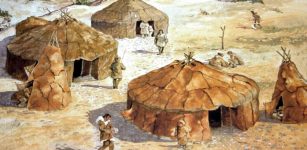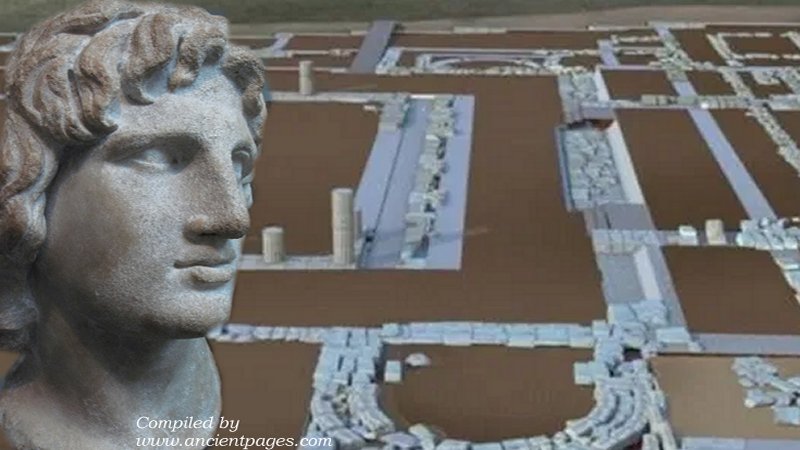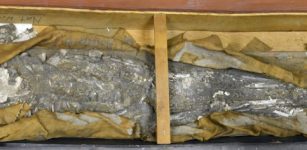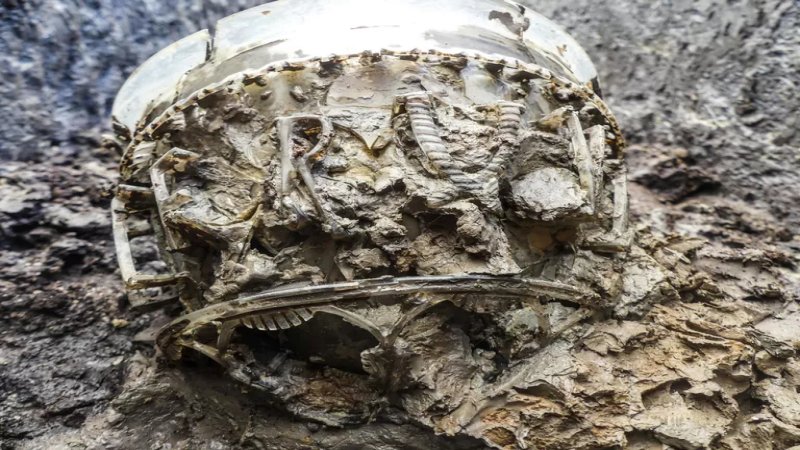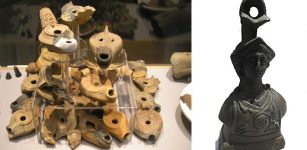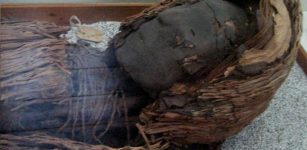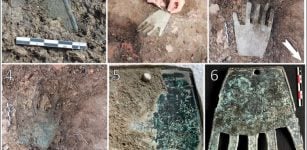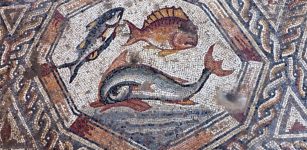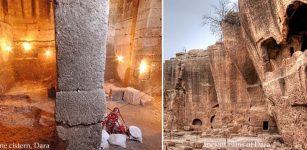Unique Ancient Find: Large Fragment Of Egyptian Statue With Hieroglyphic Script
MessageToEagle.com – Archaeologists have made a unique find in form of a large fragment of an ancient Egyptian statue.
Only the lower part of the statue survived, depicting the crouching feet of a male figure, seated on a square base on which a few lines in the Egyptian hieroglyphic script are inscribed. It is estimated that the complete statue would equal the size of a fully-grown man.
The discovery of the fragment measuring 45 X 40 centimeters, made of lime-stone was made at Tel-Hazor, north of the Sea of Galilee in Israel.
The hieroglyphic script has not been entirely deciphered, but it is assumed that the ancient statue was originally placed either in the official’s tomb or in a temple, most probably a temple of the Egyptian god Ptah.
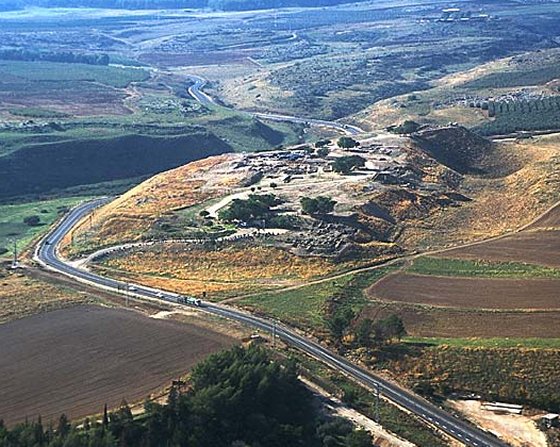
Most of the texts inscribed on the statue’s base include words of praise to the official who may have served and most probably practiced his duties in the region of Memphis, the primary cult center of the god Ptah. They also include the customary Egyptian funerary formula ensuring eternal supply of offerings for the statue’s owner.
Hazor is the most important site from the Biblical period. In 2014, archaeologists excavating at Hazor unearthed sphinx fragment of the Egyptian king Mycerinus who ruled Egypt in the 25th century B.C.E.
In the course of close to 30 years of excavation, fragments of 18 different Egyptian statues, both royal and private, dedicated to Egyptian kings and officials, including two sphinxes, were discovered at Hazor. This is the largest number of Egyptian statues found so far in any site in the Land of Israel. This is interesting because there is no indication that Hazor was one of the Egyptian strongholds in Southern Canaan nor of the presence of an Egyptian official at Hazor during the Late Bronze Age.
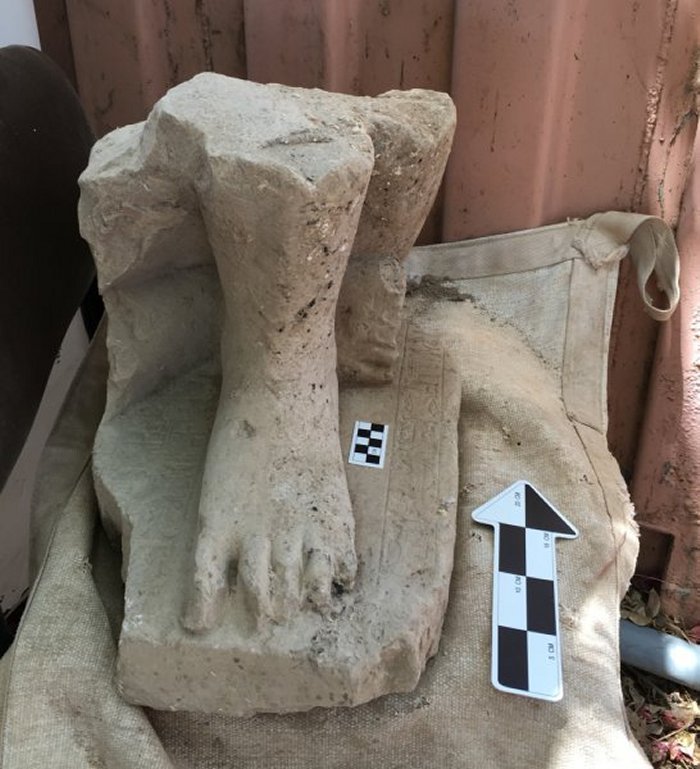
Credit: Image courtesy of Hebrew University of Jerusalem
See also:
Unique Sphinx Statue Unearthed North Of The Sea Of Galilee
Rare 3,700-Year-Old Scarab Seal Discovered By Birdwatcher Near Haifa, Israel
Egyptian Beer Brewing: A Legacy Of Ancient Times Also Found In Israel
Most of these statues were found in layers dated to the Late Bronze Age (15th-13th centuries B.C.E.), corresponding to the New Kingdom in Egypt. All the statues at the site were found broken to pieces and scattered over a large area. Clear signs of mutilation indicate that most of them were deliberately and violently smashed, most probably in the course of the city’s final conquest and destruction sometime in the 13th century B.C.E.
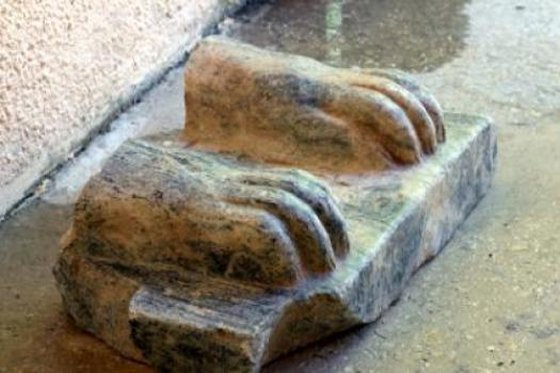
A majority of the ancient Egyptian statues found at Hazor so far date to Egypt’s “Middle Kingdom” (19th-18th centuries B.C.E), a time when Hazor did not yet exist. It thus seems that the statues were sent by an Egyptian king in the “New Kingdom” as official gifts to the king of Hazor, or as dedications to a local temple (regardless of their being already “antiques”).
This is not surprising considering the special status of the king of Hazor who was the most important king in Southern Canaan at the time. The extraordinary importance of Hazor in the 15th-13th centuries B.C.E. is indicated also by the Biblical reference to Hazor as “the head of all those kingdoms” (Joshua 11:10).
MessageToEagle.com

